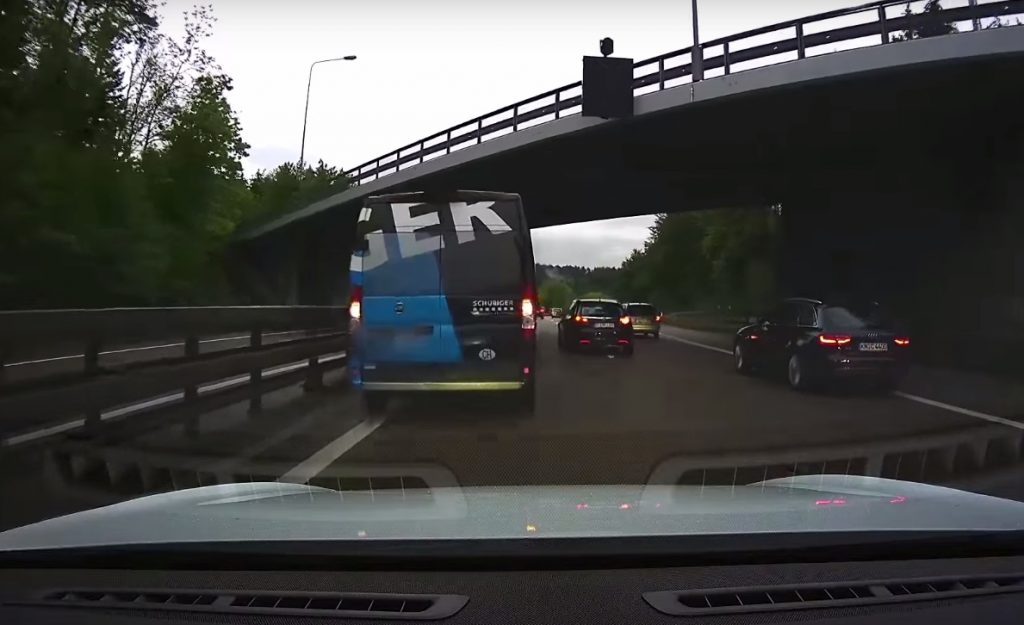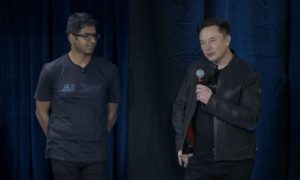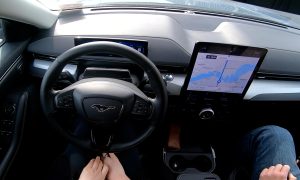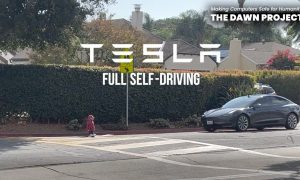News
Do autonomous cars make us worse drivers?
Autonomous cars are coming. So is the first fatality associated with them. Statistically, that milestone should occur in the next 18 months. What will happen then?
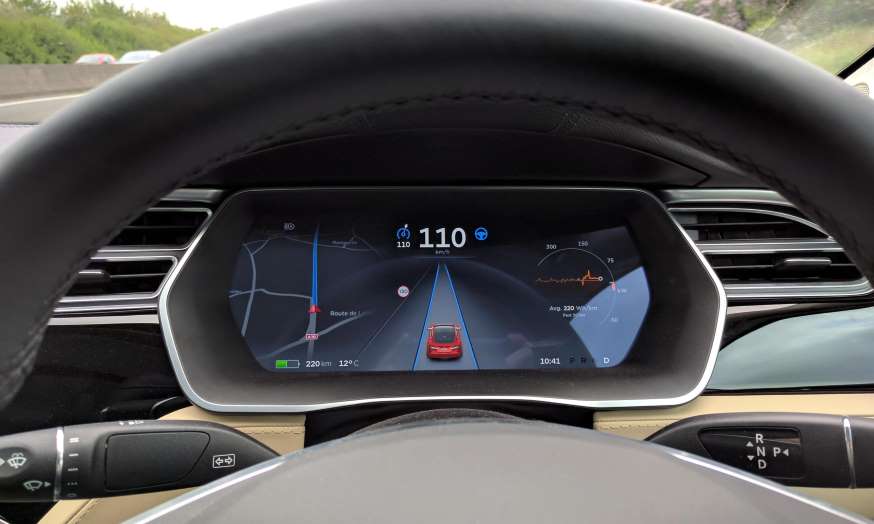
On May 31, 2009, an Airbus 330 on its way from Rio de Janiero to Paris plunged from an altitude of 35,000 feet into the Atlantic, killing all 228 people on board. Just prior to the crash, the airplane was operating in autopilot mode. A reconstruction of the disaster revealed input from several sensors had been compromised by ice that caused them to give false readings. Updated sensors that were less susceptible to ice accumulation were waiting to be installed after the plane arrived in Paris.
Because of the false readings the autopilot system disengaged returning control to the pilots however the senior pilot was sleeping at the time. The two junior pilots were not as highly trained in high altitude flight as they might have been, partly because the use of machines to control aircraft under those conditions was the norm.
Faced with the unexpected, the pilots behaved poorly. At one point they are heard to say on the cockpit recorder, “We completely lost control of the airplane, and we don’t understand anything! We tried everything!” While they tried to rouse the sleeping senior pilot, the nose of the aircraft climbed until a stall was induced. Stall is the point at which the wings become barn doors instead of airfoils. The Airbus 330 dropped from the sky like a rock.
In his excellent story about the crash published on Vanity Fair, William Langewiesche offered this conclusion: “Automation has made it more and more unlikely that ordinary airline pilots will ever have to face a raw crisis in flight—but also more and more unlikely that they will be able to cope with such a crisis if one arises.”
The Tesla community has seen similar instances lately. The driver in Salt Lake City who accidentally activated Summon, causing his car to drive into the back of a truck. The woman on a freeway in California who rear ended a car that suddenly slowed in front of her. The man in Europe who crashed into the back of a van that had stalled in the high speed lane of a highway. He at least had the courage to admit his error. “Yes, I could have reacted sooner, but when the car slows down correctly 1,000 times, you trust it to do it the next time to. My bad.”
After each of these incidents, the tendency has been for many to defend the machine and blame the human. But in a recent article for The Guardian, author Martin Robbins says, “Combine an autopilot with a good driver, and you get an autopilot with, if not a bad driver, at least not such a good one.” He says that statistically, the time when a car operating in autonomous mode causes a fatality is rapidly approaching.
On average, a person is killed in a traffic accident in the United States once every 100 million miles. Elon Musk says Tesla’s Autopilot is half as likely to be involved in a collision as a human driver. That would suggest that somewhere around the 200 million mile mark someone will die as a result of an automobile driven by a machine.
Tesla has already passed the 100 million mile mark for cars driving in Autopilot mode and continues to log 2.6 million miles driven per day. Statistically speaking, the time when a self driving car kills somebody is rapidly approaching. And since most autonomous cars on the road are Teslas, the odds are excellent it will be a Tesla that is involved in that first fatality.
What will happen then? Robbins goes back in history to look for an answer to that question. In 1896, Bridgit Driscoll became the first person in England to be killed by a motor car. The reaction among the public and the press was a fatalistic acceptance that progress will have a price. Within a few years, the speed limit in England was raised from 8 mph — which is was when Ms. Driscoll was killed — to 20 mph. This despite the fact that thousands of road deaths were being recorded on English roads by then.
Regulators around the world are racing to catch up with the explosion of new autonomous driving technology. But Robbins concludes, “By the time they do, it’s likely that the technology will already be an accepted fact of life, its safety taken for granted by consumers, its failures written off as the fault of its error-prone human masters.”
The point is that injuries and fatalities will continue to occur as cars come to rely more and more on machines for routine driving chores. But in that transition period between now and the time when Level 4 autonomy becomes the norm — the day when cars come from the factory with no way for humans to control them directly — we need to accept that complacency and an inflated belief in the power of machines to protect us from harm may actually render us less competent behind the wheel.
We will need to remain vigilant, if for no other reason than telling a jury “It’s not my fault! The machine failed!” is not going to insulate us from the legal requirement to operate our private automobiles in a safe and prudent manner.
News
Tesla robotaxi test details shared in recent report: 300 operators, safety tests, and more
Tesla has launched an initial robotaxi service for its employees in Austin and the San Francisco Bay Area.

During the Q1 2025 earnings call, Tesla executives reiterated the idea that the company will be launching a dedicated robotaxi service using its Full Self Driving (FSD) Unsupervised system this coming June.
A recent report from Insider, citing people reportedly familiar with the matter, has now provided a number of details about the preparations that Tesla has been making as it approaches its June target date.
Remote Operators
As noted by the publication, about 300 test operators have been driving through Austin city streets over the past few months using Teslas equipped with self-driving software. These efforts are reportedly part of “Project Rodeo.” Citing test drivers who are reportedly part of the program, Insider noted that Tesla’s tests involve accumulating critical miles. Test drivers are reportedly assigned to specific test routes, which include “critical” tracks where drivers are encouraged to avoid manual interventions, and “adversarial” tracks, which simulate tricky scenarios.
Tesla has launched an initial robotaxi service for its employees in Austin and the San Francisco Bay Area, though the vehicles only operate in limited areas. The vehicles also use safety drivers for now. However, Tesla has reportedly had discussions about using remote operators as safety drivers when the service goes live for consumers. Some test drivers have been moved into remote operator roles for this purpose, the publication’s sources claimed.
While Tesla is focusing on Austin and San Francisco for now, the company is reportedly also deploying test drivers in other key cities. These include Atlanta, GA, New York, NY, Seattle, WA, and Phoenix, AZ.
Safety Tests
Tesla reportedly held training events with local first responders as part of its preparations for its robotaxi service, Insider claimed, citing documents that it had obtained. As per the publication, Tesla had met with the city’s autonomous vehicle task force, which include members of the Austin Fire Department, back in December.
Back in March, Tesla reportedly participated in about six hours of testing with local first responders, which included members of the fire department and the police, at a close test track. Around 60 drivers and vehicles were reportedly used in the test to simulate real-world traffic scenarios.
Interestingly enough, a spokesperson from the Austin Police Department stated that Tesla did hold a testing day with emergency responders from Austin, Williamson County, as well as the Texas Department of Public Safety.
Reported Deadlines
While Tesla has been pretty open about its robotaxi service launching in Austin this June, the company is reportedly pursuing an aggressive June 1 deadline, at least internally. During meetings with Elon Musk, VP of AI software Ashok Elluswamy’s team reportedly informed the CEO that the company is on track to hit its internal deadline.
One of Insider’s sources, however, noted that the June 1 deadline is more aspirational or motivational. “A June 1 deadline makes a June 30 launch more likely,” the publication’s source noted.
News
Atty who refused to charge six-time Tesla vandal sparks controversy
Despite the multiple offenses, Moriarty opted to enter Adams into an adult diversion program instead.

Hennepin County Attorney Mary Moriarty, who made the decision not to charge 33-year-old vandal Dylan Bryan Adams after he keyed six Teslas around Minneapolis last month, has found herself in the middle of controversy.
The controversy came amidst her decision to press charges against a 19-year-old first-time vandal who keyed one vehicle at the White Castle in Brooklyn Park.
The Tesla Vandal
Moriarty’s decision not to charge Adams after he keyed six Teslas was met with widespread criticism. Adams’ actions resulted in more than $20,000 worth of damages, more than $10,000 of which was to a single vehicle, as noted in a New York Post report. Yet despite the multiple offenses, Moriarty opted to enter Adams into an adult diversion program instead.
The fact that Adams is a state employee who works for the Department of Human Services as a program consultant triggered allegations that his dismissal might be partly influenced by Gov. Tim Walz. Walz is a staunch critic of Musk, previously stating that the falling price of TSLA stock gives him a “boost” in the morning.
As noted in a report from The Minnesota Star Tribune, Moriarty’s decision was so controversial that she was asked about the matter on Wednesday. In response, the attorney argued that her office made the decision outside of any political consideration. “We try to make decisions without really looking at the political consequences. Can we always predict how a story will be portrayed in the media or what people will say? No,” Moriarty stated.
Actually Charged
As noted by the Tribune, Moriarty has made arguments around the fact that Adams was a first-time offender, even if he opted to deface six separate Teslas. But even this argument has become controversial since Moriarty recently charged a 19-year-old Robbinsdale woman with no criminal record with first-degree felony property damage after she allegedly keyed a co-worker’s car. The damage incurred by the 19-year-old woman was $7,000, substantially less than the over $20,000 damage that Adams’ actions have caused.
Cases surrounding felony first-degree property damage are fairly common, though they require the damage to be over $1,000. The 19-year-old’s damage to her co-worker’s car met this threshold. Adams’ damage to the six Teslas he vandalized also met this requirement.
When Moriarty was asked about her seemingly conflicting decisions, she noted that her office’s primary goal was to hold the person accountable for keying the vehicle and get restitution to the people affected. She also noted that her office tries to avoid convictions when possible since they could affect a person’s life. “Should we have treated this gentleman differently because it’s a political issue? We made this decision because it is in the best interest of public safety,” she noted.
News
Tesla faces emission credits tax in Washington state
House Bill 2077 taxes emissions credits, mainly hitting Tesla. Lawmakers expect $100M/year from the taxes.

Washington state lawmakers are advancing a bill that would tax Tesla’s emission credits, targeting profits under the state’s clean vehicle policy. Lawmakers who support the bill clarify that the Tesla credit tax is unrelated to Elon Musk.
HB 2077, introduced in mid-April, seeks to impose a 2% tax on emission credit sales and a 10% tax on banked credits. The bill primarily affects Tesla due to exemptions for companies with fewer credits.
In 2022, Washington’s Department of Ecology mandated that all new cars sold by 2035 be electric, hydrogen-fueled, or hybrids, with 35% compliance required by next year. Carmakers selling more gas-powered vehicles can buy credits from companies like Tesla, which sells only electric vehicles.
A legislative fiscal analysis projects taxes on those credits would generate $78 million in the 2025-27 biennium and $100 million annually thereafter. About 70% of the taxes will be allocated to the state’s general funds, and the rest will help expand electric car infrastructure.
HB 2077 passed the state House eight days after its introduction and awaits a Senate Ways and Means Committee vote on Friday. At a House Finance Committee hearing, supporters, including union and social service advocates, argued the tax would prevent cuts to state services.
House Majority Leader Joe Fitzgibbon emphasized its necessity amid frozen federal EV infrastructure funds. “We didn’t have a budget crisis until this year. And we didn’t have the federal government revoking huge amounts of federal dollars for EV infrastructure,” he said.
Tesla’s lobbyist, Jeff Gombosky, countered that the proposal “runs counter to the intent” of the state’s zero-emission policy. Rivian’s lobbyist, Troy Nichols, noted a “modest” impact on his company but warned it could undermine the EV mandate. Kate White Tudor of the Natural Resources Defense Council expressed concerns, stating, “We worry it sets a dubious precedent.”
Fitzgibbon defended the tax, noting Tesla’s dominant credit stockpile makes it “one outlier” that is “very profitable.” “That’s the kind of thing legislators take an interest in,” he said. “Is it serving the interest of the public for this asset to be untaxed?”
With the legislative session nearing its end, the bill remains a key focus in budget talks in Washington.
-

 News4 days ago
News4 days agoTesla’s Hollywood Diner is finally getting close to opening
-

 Elon Musk1 week ago
Elon Musk1 week agoTesla doubles down on Robotaxi launch date, putting a big bet on its timeline
-
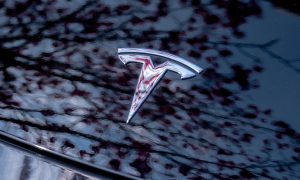
 News1 week ago
News1 week agoTesla’s top investor questions ahead of the Q1 2025 earnings call
-
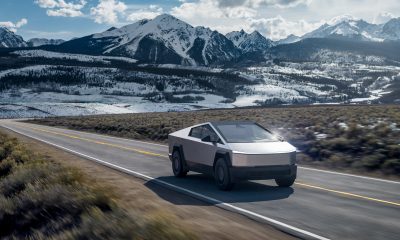
 News2 weeks ago
News2 weeks agoTesla launches cheapest and longest range Cybertruck trim yet
-
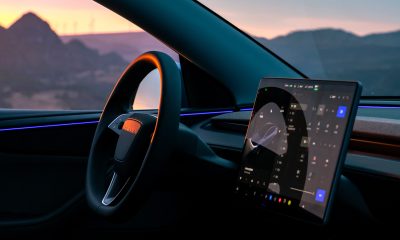
 News2 weeks ago
News2 weeks agoUnderrated Tesla safety feature recognized by China Automotive Research Institute
-
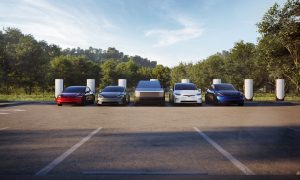
 News2 weeks ago
News2 weeks agoThese were the best-selling EV brands in the U.S. in Q1
-
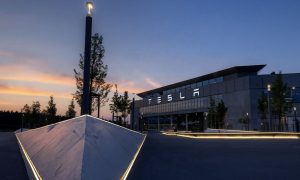
 News2 weeks ago
News2 weeks agoTesla Giga Berlin sets record for free EV charging park
-

 News2 weeks ago
News2 weeks agoTesla China discontinues Model S and Model X orders amid tariff war

